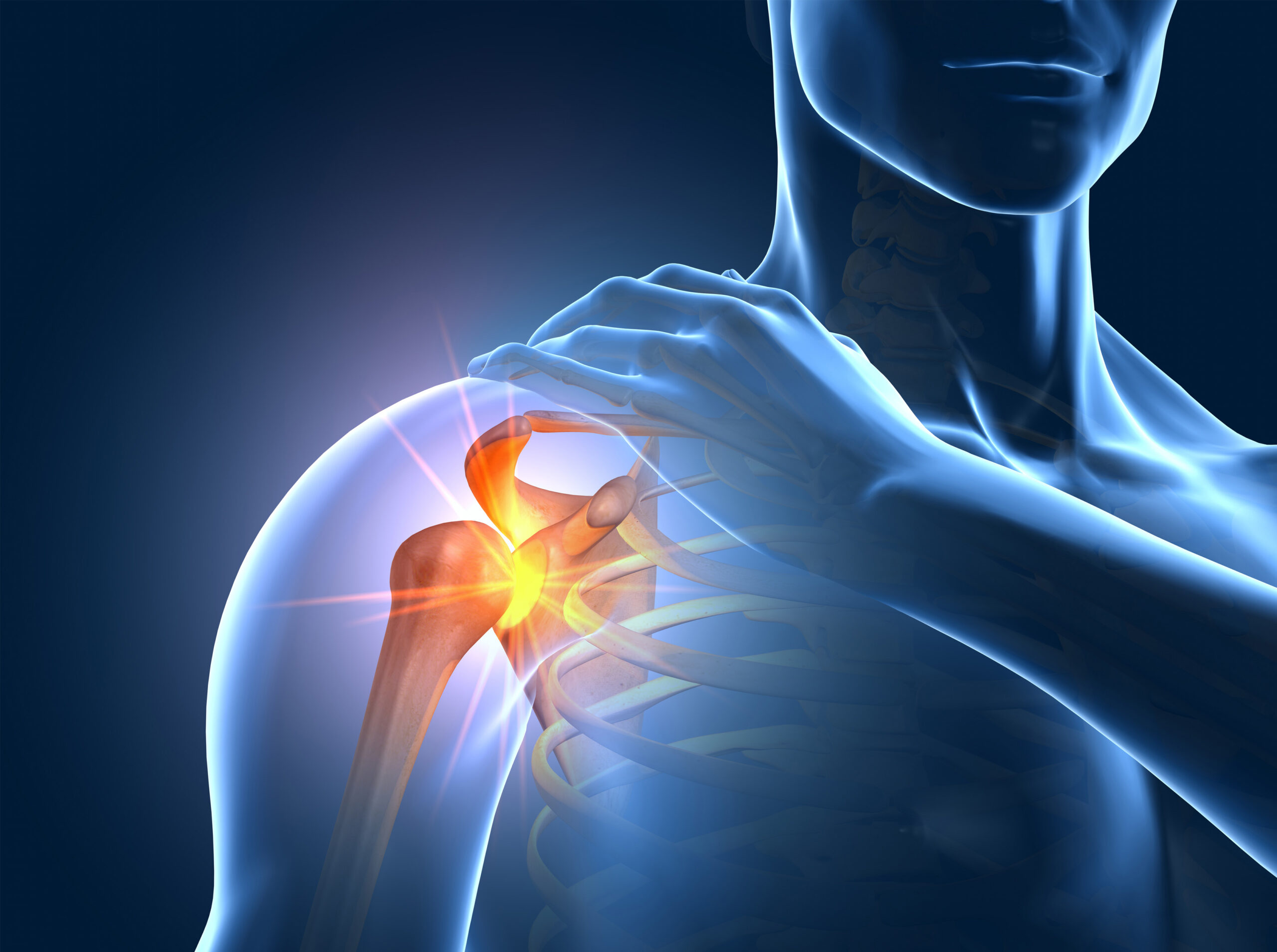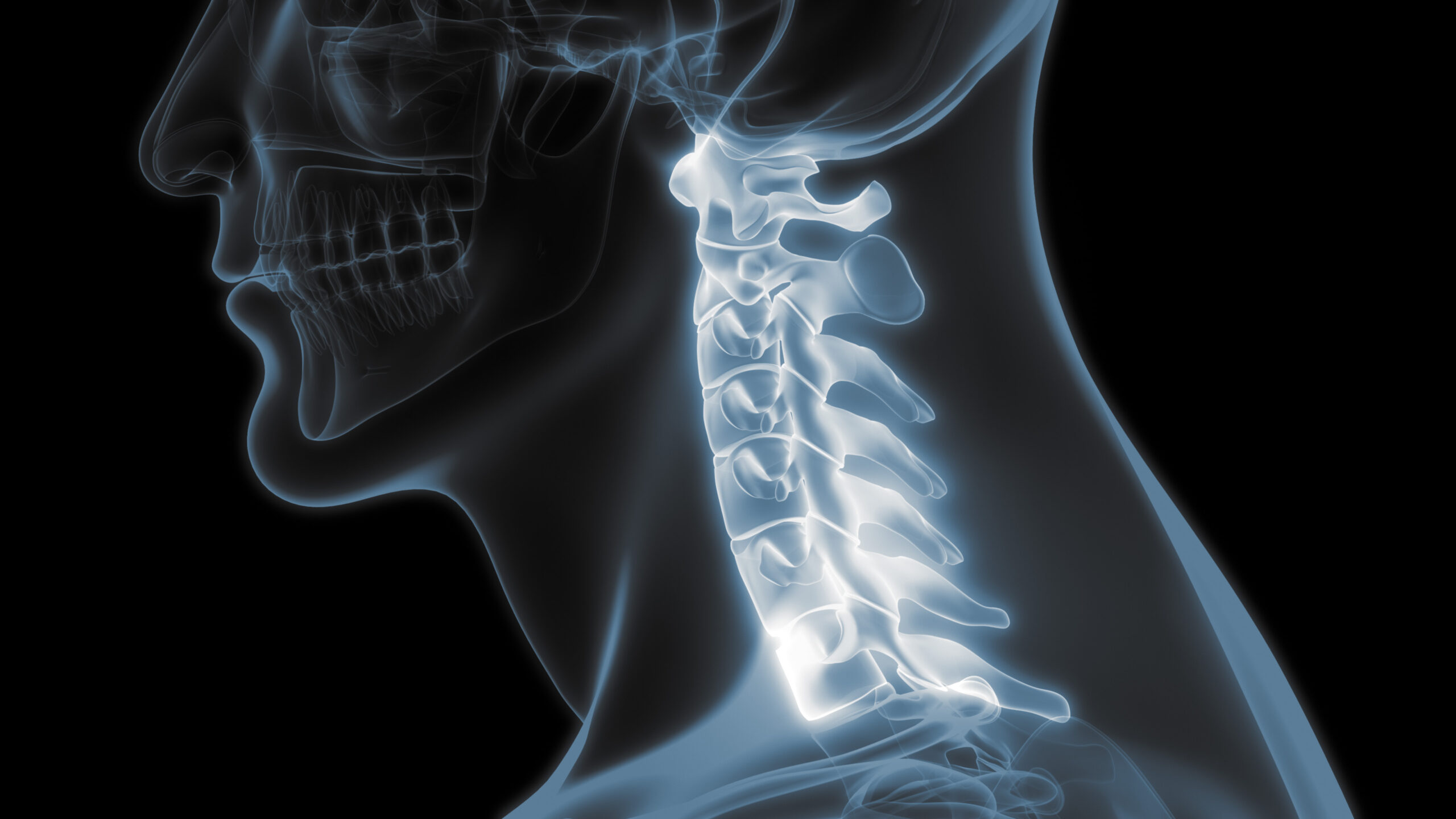Pulled Hamstring Prevention & Treatment
A hamstring injury is a tear or strain to the tendons or large muscles on the back of the thigh. Often referred to as a pulled hamstring, it is a common injury in athletes and can occur in different severities. There are three grades of hamstring tears: grade one is a mild strain or muscle pull, grade two is a partial muscle tear, and grade three is a complete muscle tear. A hamstring injury can occur when any of the muscles or tendons are stretched beyond their limit. They often occur during sudden, explosive movements, such as sprinting, jumping, or lunging. However, they can also occur more gradually if not treated appropriately upon initial injury.
Prevent a Pulled Hamstring

To avoid a hamstring strain there are multiple steps you can take:
- Warm-up before physical activity
- Stretch after physical activity
- Boost the intensity of your physical activity slowly
- Strengthen the hamstrings and glutes as a preventative measure
The best way to prevent injuries to the hamstring is through strength training for the surrounding muscles and stretching before any physical activity that could strain the hamstring muscle.
Treatment for Pulled Hamstring
When a hamstring injury occurs take the following actions to help speed healing:
- Use an elastic bandage around your leg to keep down swelling
- Apply ice for 20-30 minutes every three hours
- Elevate your leg on a pillow while sitting or lying down
- Take an anti-inflammatory painkiller such as ibuprofen, Advil, or Motrin.
You should consider seeing your doctor if you have any concerns about your hamstring pain. More specifically, consult your doctor if you think it is a severe injury, it is not healing, or your symptoms are getting worse. With a complete detachment, you will be in acute pain, may hear a popping sound, and might have significant bruising. Your doctor can also advise you as to when to return to normal activities and what exercises to do in order to help recovery. Physical therapy is sometimes required for full healing.
Express Care for Sports Injury
While most hamstring strains can be cared for at home, sometimes the tear may be more severe. Some grade three hamstring tears may even require surgery. If your pain is intense and cannot be controlled with rest, ice, compression, and elevation (the RICE) protocol) along with anti-inflammatory medication, it is time to head to the Express Care Clinic at Colorado Springs Orthopaedic Group. Call 719-622-4550.


